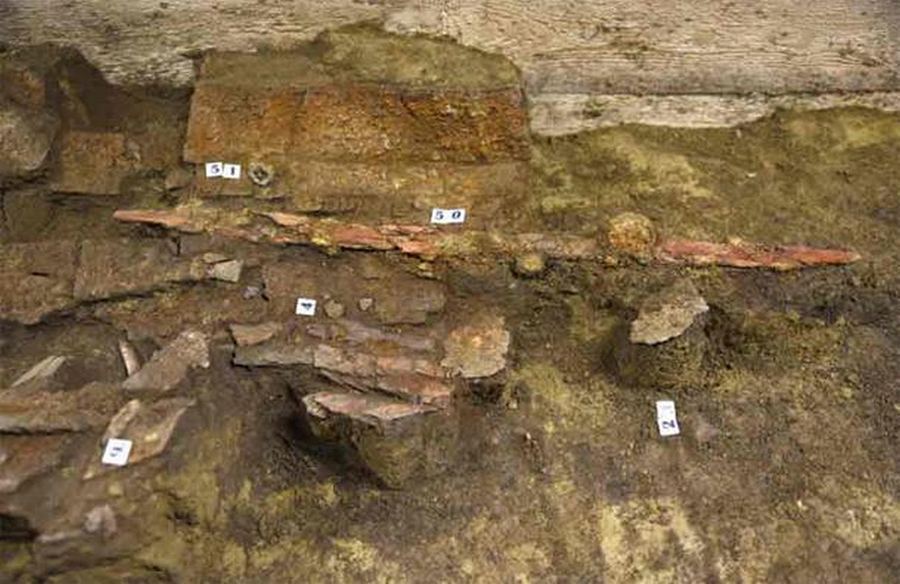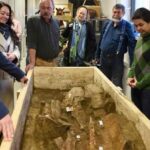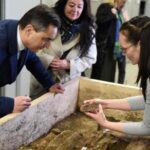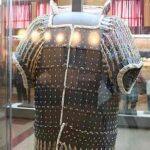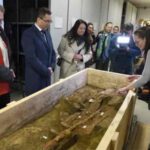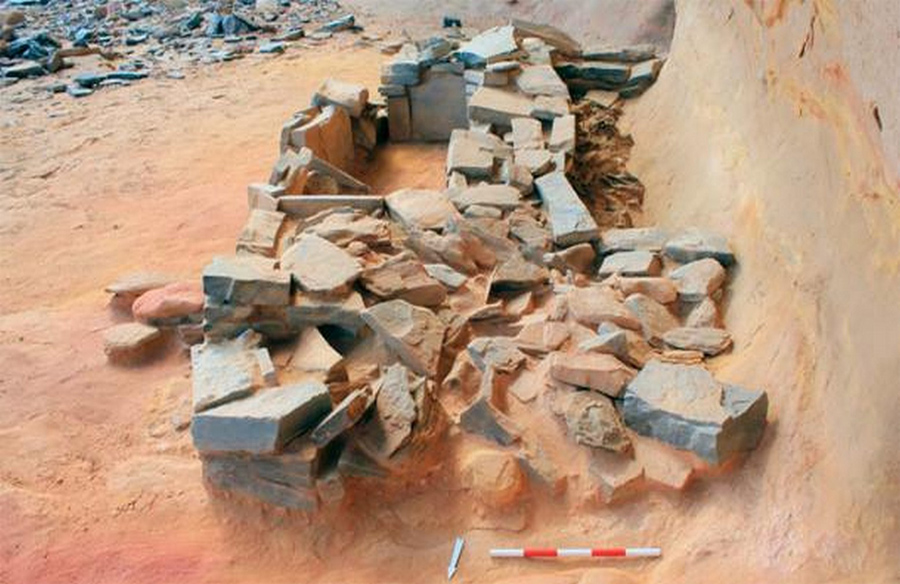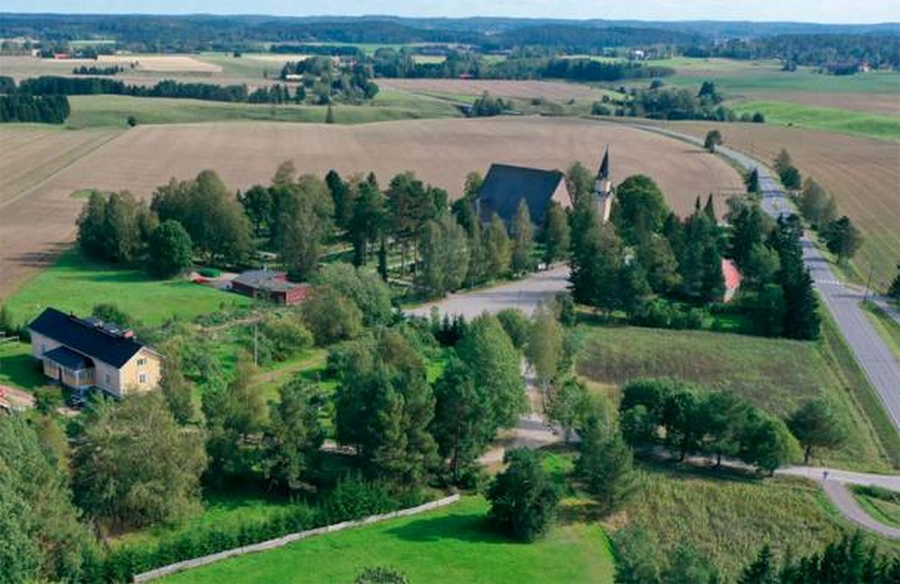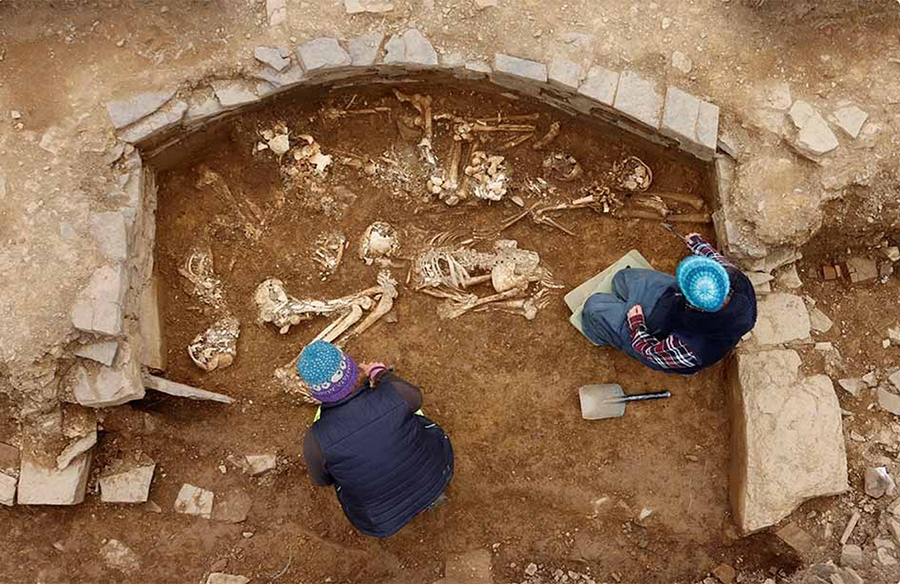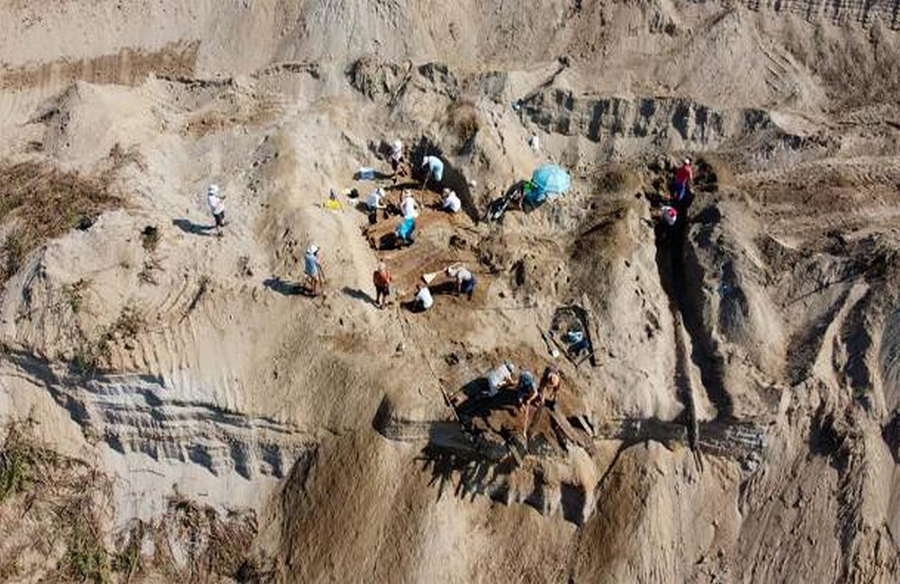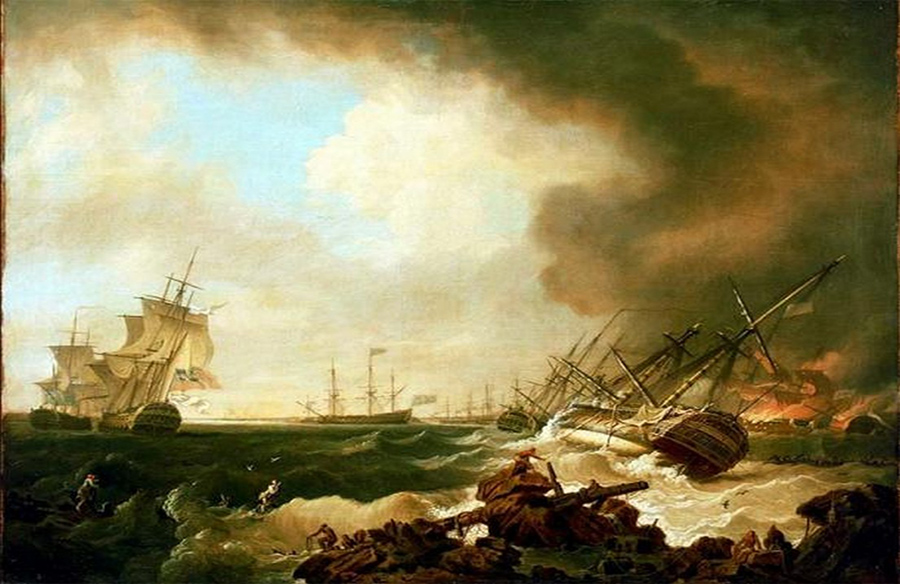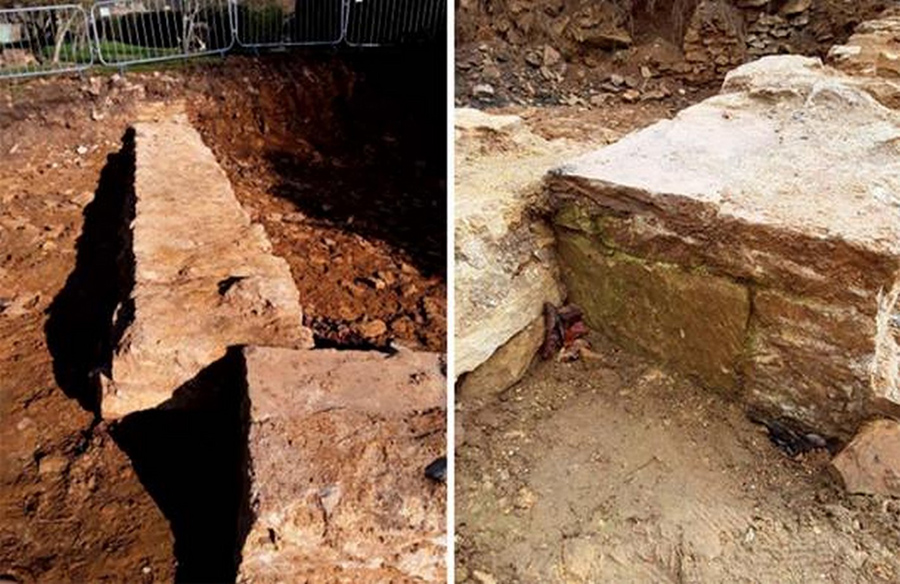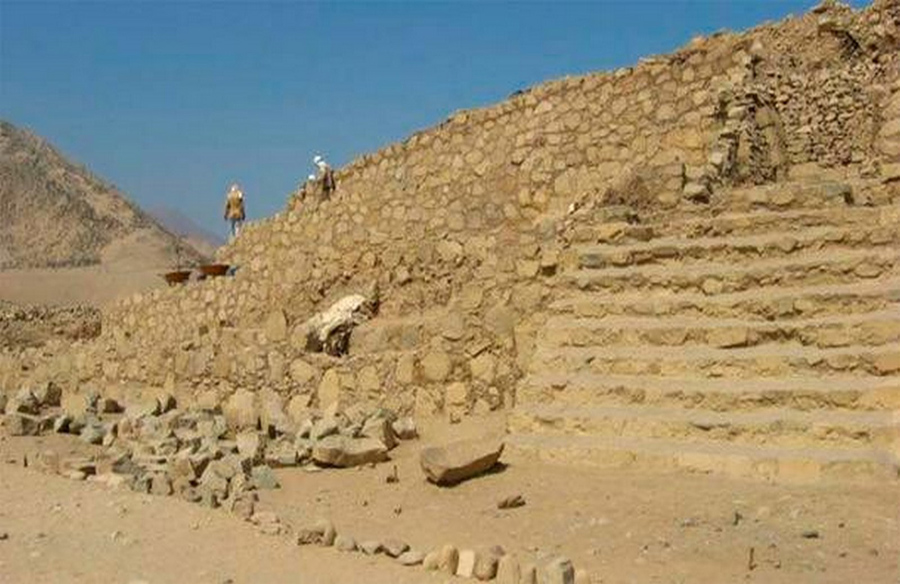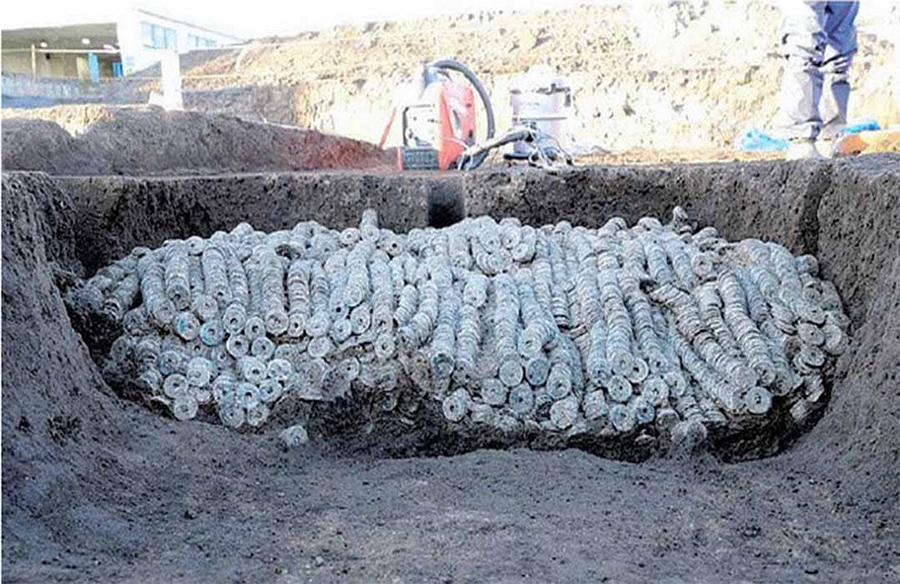Rediscovering Ancient Avar Heritage: The Burial of Rufus
Archaeologists from the Déri Museum in Hungary have uncovered a remarkable find: the burial of an Avar warrior, affectionately named ‘Rufus’, alongside his horse and a fully intact lamellar armor set. This discovery, situated near Ebes in Hajdú-Bihar County, offers insights into the early 7th-century Avar society and its elite members.
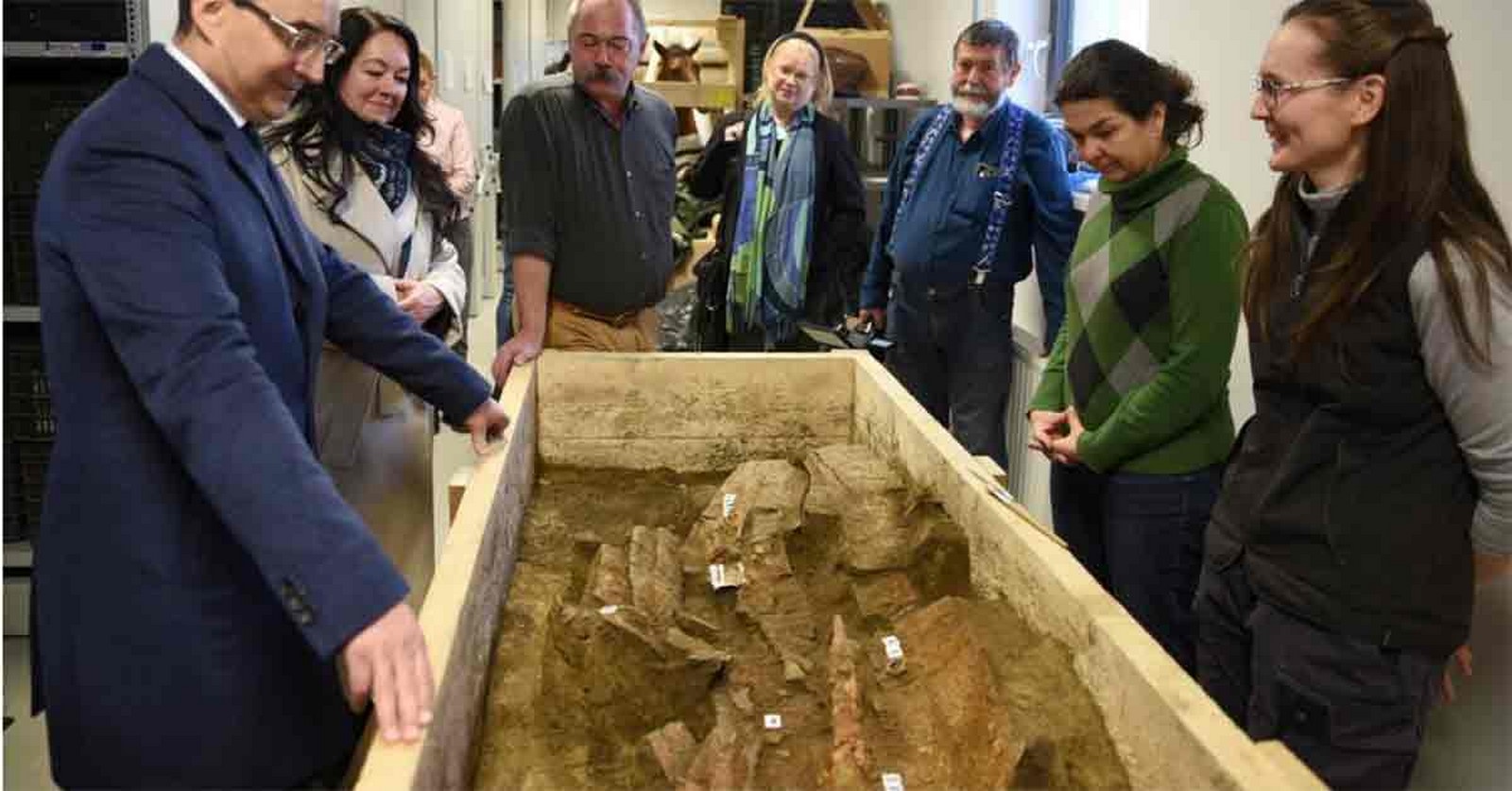
The Symbolism of Sacrifice: Rufus and His Horse
Rufus’s burial site reveals intriguing aspects of Avar funerary practices, with his horse positioned above him, symbolizing the warrior’s elite status. Beneath the horse, carefully arranged artifacts including lamellar armor, a wooden quiver with arrows, a bow, and a sword were found, indicative of Rufus’s role as a distinguished member of Avar society.
Lamellar Armor: A Testament to Avar Warfare
The significance of the burial lies in the pristine condition of the lamellar armor, constituting only the second complete set ever discovered. This armor, characteristic of Avar heavy cavalry, underscores the warrior’s esteemed position within the Avar hierarchy. Its preservation offers invaluable insights into Avar military tactics and craftsmanship.
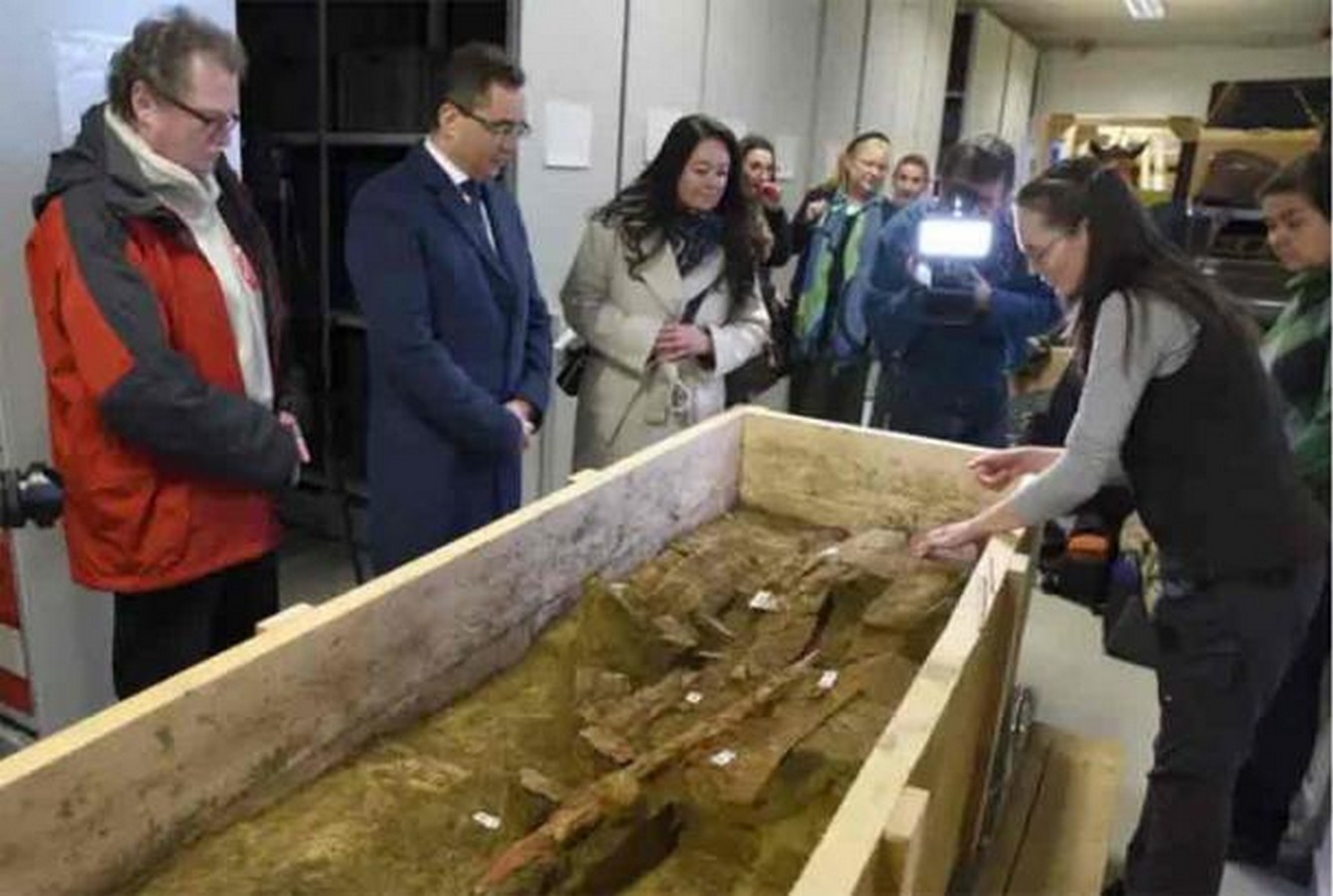
Unraveling Avar Heritage: Migration and Culture
The Avars, nomadic people who migrated from Central Asia to Europe in the 6th century AD, played a significant role in shaping the cultural landscape of Central and Eastern Europe. The discovery of Rufus’s tomb adds to our understanding of Avar society, characterized by a hierarchical structure, military prowess, and elaborate burial customs.
Reconstruction of History: Restoring Avar Lamellar Armor
The meticulous excavation and restoration of Rufus’s burial site provide archaeologists with a unique opportunity to reconstruct early Avar lamellar armor. By documenting and analyzing intact armor sets, researchers gain a deeper understanding of Avar heavy cavalry equipment and its evolution over time.
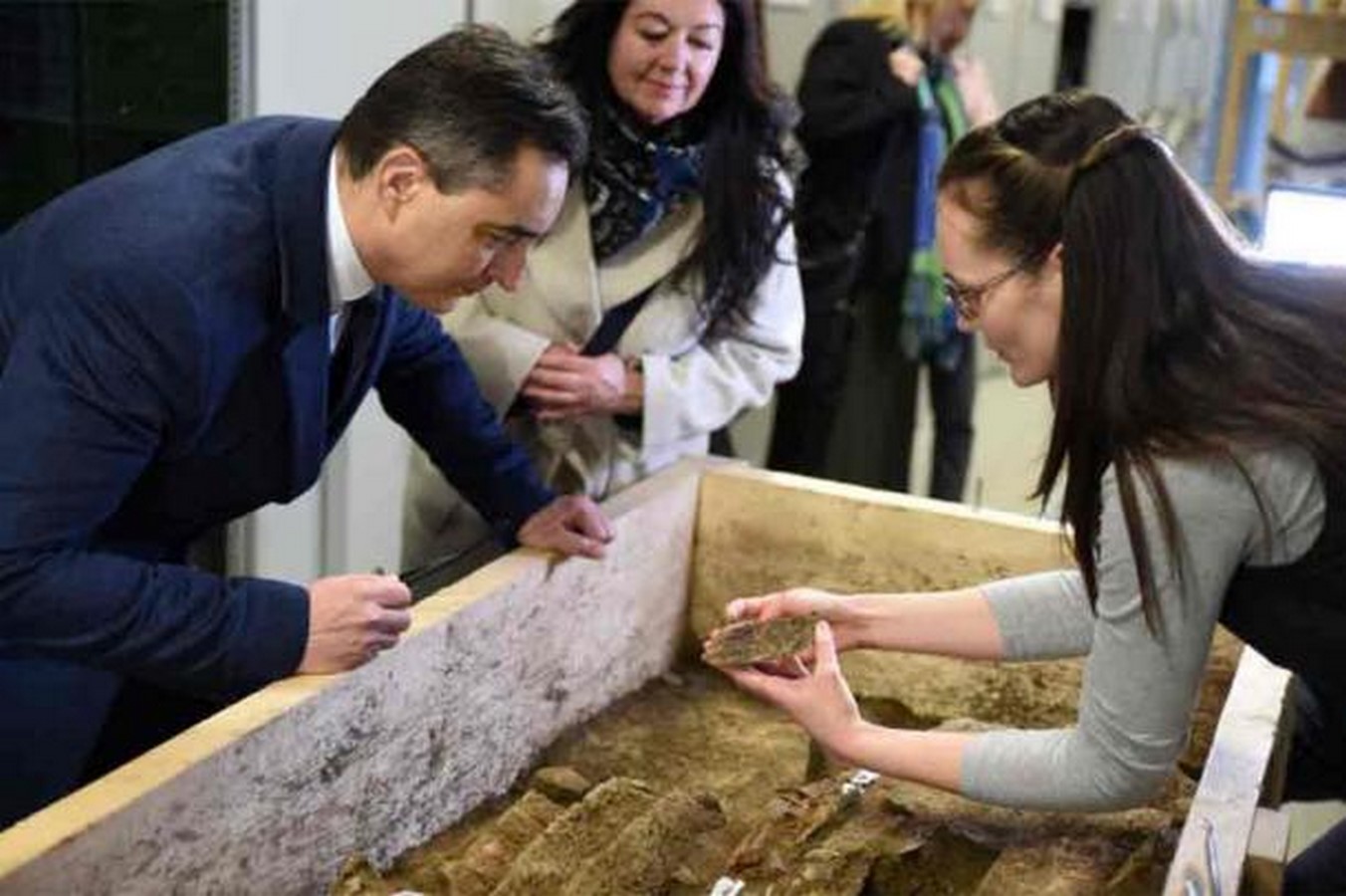
Preserving Avar Legacy: Exhibiting the Findings
The significance of Rufus’s burial extends beyond academic circles, with his armor featured in exhibitions across Europe. These exhibitions not only showcase Avar heritage but also highlight the importance of preserving and celebrating ancient cultures for future generations.
Conclusion: Rufus’s Legacy and Avar Heritage
The discovery of Rufus’s tomb offers a glimpse into the rich tapestry of Avar history and culture. As archaeologists continue to unravel the mysteries of the past, each artifact unearthed provides valuable insights into the lives and legacies of ancient civilizations. Rufus’s story serves as a testament to the enduring legacy of the Avars and their contributions to European history.
